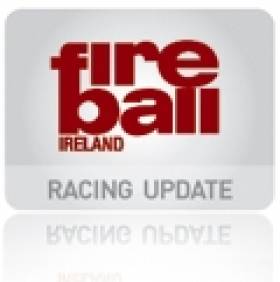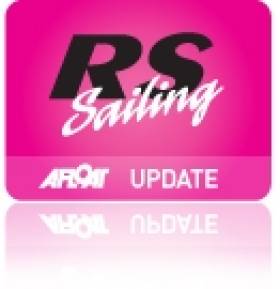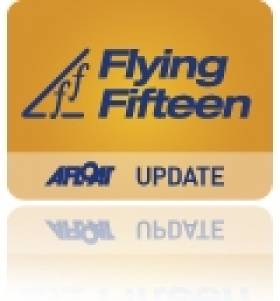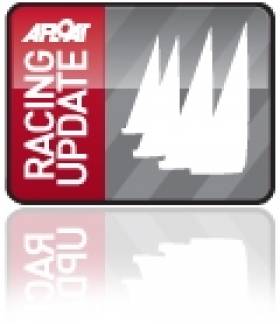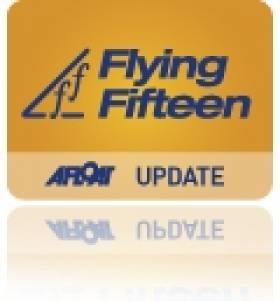History
The club, founded in 1960 by a small group of people with an interest in boats, provides a service to people boating, with changing and toilet facilities, a secure boat storage park, social areas and a bar, also by organising events based in the club and on the water.
The club draws support from all sides of the political divide, from all socio-economic levels (we pride ourselves in providing training and boats for young people who would otherwise been unable to participate). We have active disabled sailors and women are active equal members. The club has links with other clubs in Northern Ireland, Scotland and in the South of Ireland.
 |
CSBC’s main activity is sailing. The club organises races for both cruising yachts and sailing dinghies, adults and juniors, assists in the organisation of cruises in company, holds events with other sailing clubs and plays host to class provincial and national championships.
The club’s own Sailing School provides a wide and extensive range of training for young and old, beginner and expert, with courses running from Easter to Halloween. Emphasis is with Junior and Youth sailors from the introduction of the sport to young people, to the preparation of sailors for provincial, national and international competition. Over the past few years the club has benefitted from several grants from the Foundation of Sports and the Arts and National Lottery Sports Fund through the RYA and the Northern Ireland Sports Council, all for the promotion and development of junior and youth sailing. These grants provided both training and support facilities and boats.
 |
An elite squad of juniors was formed in 1996 and are provided with training, coaching, and support. The squad focus is on the Topper and Laser sailing dinghies as recommended by the RYA. Since 1998 sailors from the club have competed at provincial and national Topper and Laser class competitions as well as other open events. Club sailors proved to be very successful, winning the Northern Ireland Youth Championships, the Irish Topper championship and Irish team titles. In line with the development strategy the club, sent a squad to the World Championship, held at Carnac, France. Sailors have been selected for the RYA / NIC Youth Development squad every year since, joining Northern Ireland teams for the Nations Cup and Laser Youth World event. In 2001 a girl was selected to represent Ireland at the European Youth Olympic event.
CSBC specialised in holding junior competitions, having held Optimist and Topper regional championships in 1998 hosted the Irish Topper Championships and in 2000 the Skydome Topper World Championships.
Other classes of boats sail at the club, there is a very active adult laser class and a large flying fifteen fleet, there are also classes of pico, buzz and recently laser 2000 dinghies.
In addition to sailing activities the club has also active sections in rowing, sea angling and motorboating while keeping up an active social programme. This diversity into other aspects of water sports and social events has proved a great strength and has helped position the club within the local community. The club plays an active role in community affairs and takes part in events such as the ‘Heart of the Glens’ Festival. The clubhouse also hosts social functions such as weddings.
 |
CSBC has a new clubhouse, completed in 1997 and opened with special guest Tony Bulimore. The clubhouse was completely rebuilt with the help of grants from the Foundation of Sports and the Arts and National Lottery Sports Fund. The design is to the highest standards of modern sports clubs, incorporating, fitness and training areas, large changing and toilet facilities, a junior members room, a high quality commercial kitchen and comfortable social area. Outside there is a large patio and lawn with excellent barbeque facilities.
CSBC has approximately 300 members, some from the Cushendall area, others from Ballymena and Belfast.
The club is situated just outside Cushendall village on the Coast Road. The site is shared with the Red Bay, RNLI station and the Moyle District Council Caravan Site. The Moyle District Council provide and maintain public toilets, 2 large carparks and the slipway. CSBC clubhouse sits in its own grounds to the side of the RNLI station.
Cushendall Sailing & Boating Club, Coast Road, Cushendall, Co Antrim BT44 0QW, N. Ireland
Have we got your club details? Click here to get involved



























